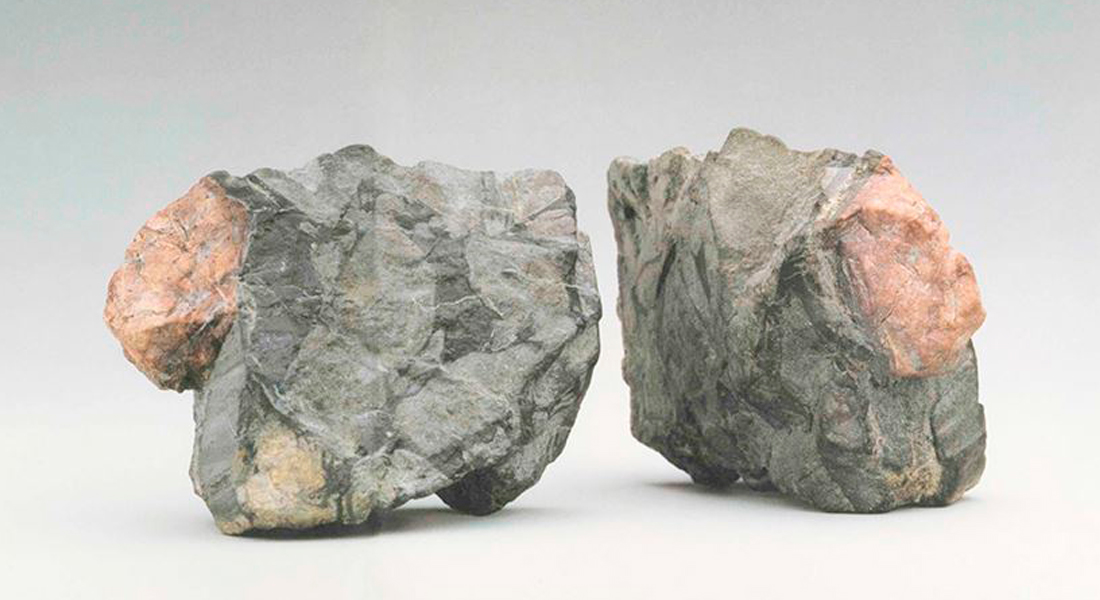On the Genesis of Hellenistic Grotto Art

Vari, Lindos, Praeneste – and what Plato has to do with it
Inaugural lecture by Assistant professor (tenure–track) Wolfgang Filser, University of Copenhagen.
Abstract
The paper seeks to shed light on the mimetic tactics of Hellenistic art closely related to the context of sacred caves. Through the study of examples from Attica, Rhodes, and Praeneste, it emerges that the artificial grottos of Hellenistic and Roman periods still clearly bear witness to these roots. Already in some sanctuaries of Pan and the Nymphs existed certain installations which related images and context – i.e. the cave – in a highly conceptual way. These rural sanctuaries emerge as starting points of a long and vivid tradition. The specific iconography of the cave, which probably originated in Attica during the fourth century BCE, is only one piece of this complex puzzle. At the heart of the art of the grotto lie different mimetic practices which were already being applied in the Hellenistic age in a systematic and often combined manner. The question then arises whether through the self-referentiality – established by these divergent mimetic practices – a meditation on the very nature of the image should be provoked.
The lecture is part of the Saxo Archaeology Research Seminar Series, Autumn 2022.
Other lectures in the series are:
- 11/11 - The Timeline
- 2/12 - CANCELLED!
- 9/12 - (Re?)Building Textile Archaeology in the Nile Valley
- 16/12 - Lynetteholm marinarkæologisk forundersøgelse
Map of South Campus
View directions.
View on map of the Faculty of Humanities - South Campus.
View map of South Campus (pdf).
